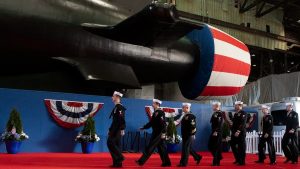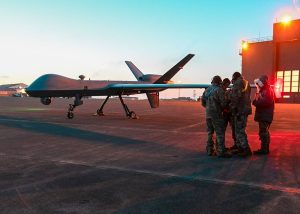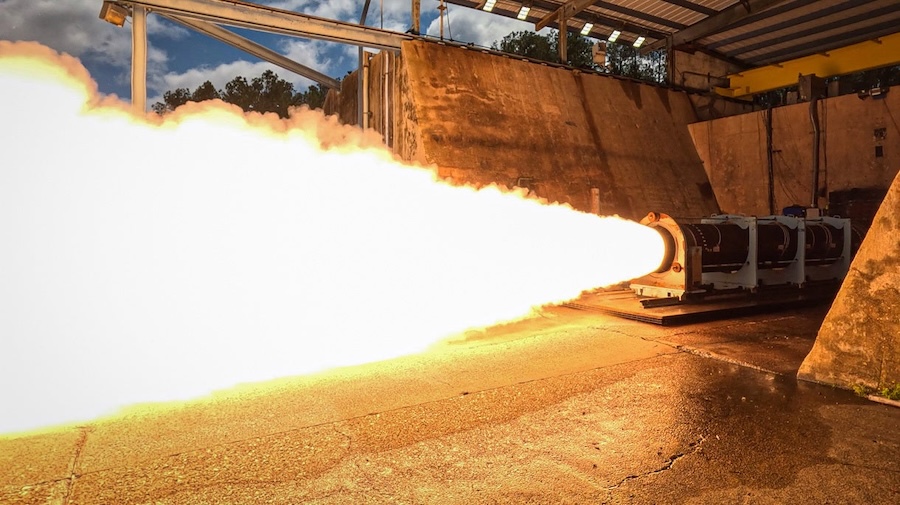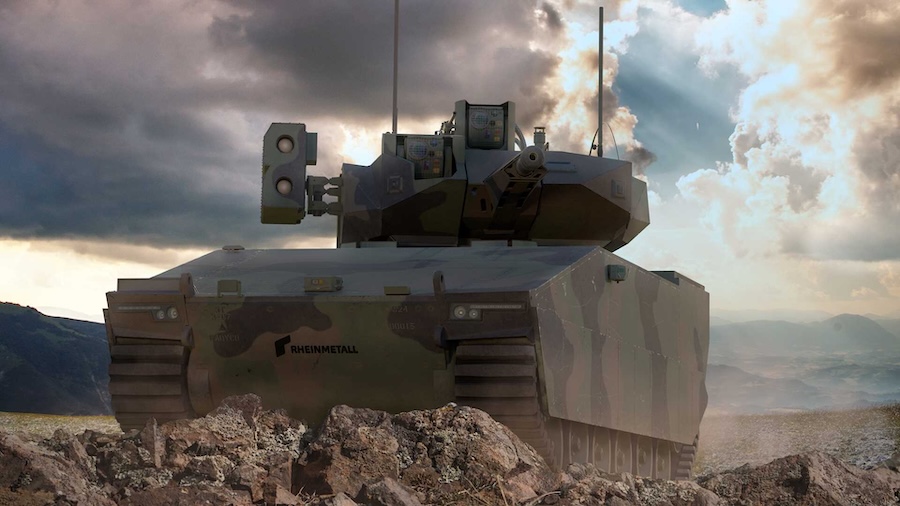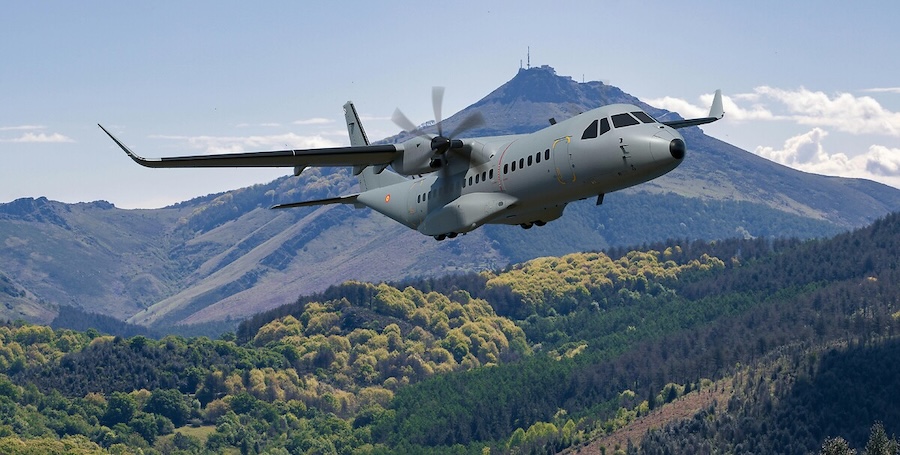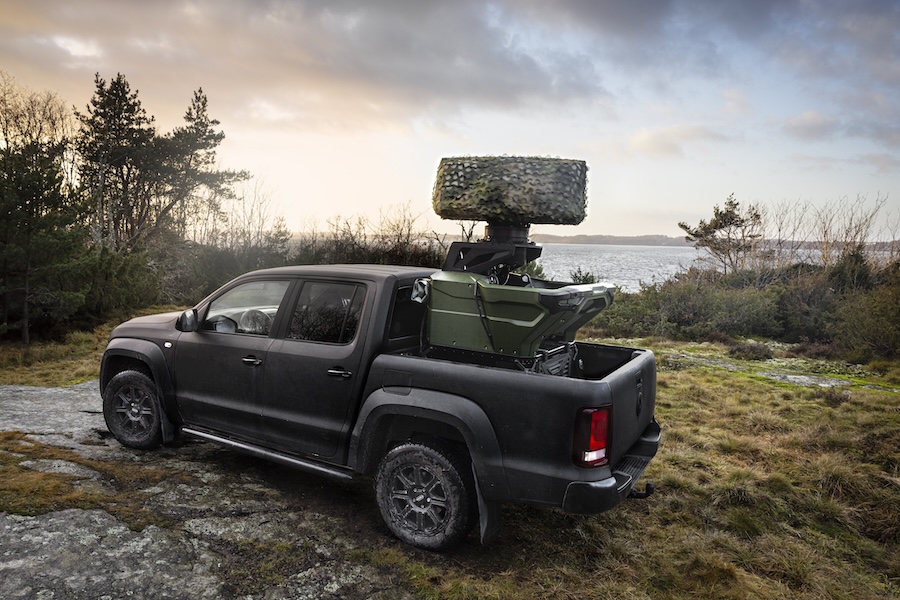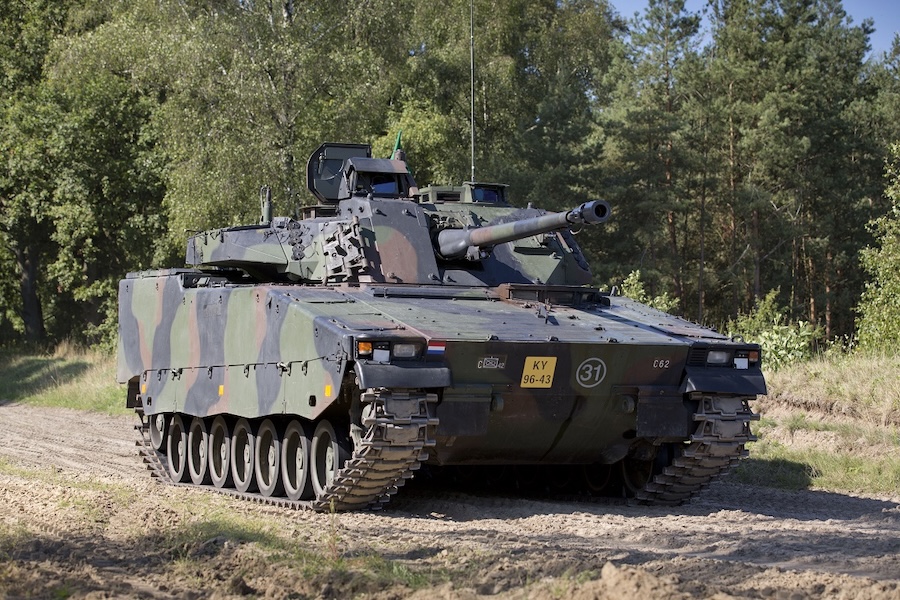AA25 is the largest amphibious exercise in the Western Atlantic in more than a decade and focused on advanced training in amphibious operations, littoral warfare, and all-domain integration. Participating forces conducted amphibious and air demonstrations, naval manoeuvres, simulated strait transits, and expeditionary advanced base operations.
“AA25 was a robust, integrated all-domain awareness exercise combining U.S., Dutch, Canadian and U.K. afloat and ashore forces into an Allied Atlantic security force,” said Vice Admiral Doug Perry, Commander, U.S. 2nd Fleet. “Thanks to this exercise, we’ve strengthened our Allied interoperability by bringing together in the maritime and littoral battlespace some of our most advanced capabilities and concepts of operation.”
The exercise aimed to validate joint and coalition concepts in a contested maritime environment while improving command-and-control coordination between U.S. and Allied forces. Units operated together from sea to shore, reinforcing the capability to respond as a cohesive force across the Euro-Atlantic region.
“I can’t overstate how valuable it has been to exercise here in the Continental United States, shoulder to shoulder with our allies, from the seabed to space,” Vice Adm. Perry added. “From small tactical unit movements that employed our sailors and marines swimming offshore with UUVs, to composite Naval Maneuver in Anti-Submarine, amphibious and strike warfare, we demonstrated the interoperable warfighting lethality essential to Euro-Atlantic security.”
Participating vessels included USS George H.W. Bush (CVN 77), USS New York (LPD 21), USS Normandy (CG 60), HNLMS Johan de Witt (L801), HMCS Montreal (FFH 336), and Arleigh Burke-class destroyers USS Mason (DDG 87), USS Ross (DDG 71), and USS Gonzalez (DDG 66). These ships supported a broad range of training scenarios, integrating capabilities across nations and domains.
“This was the largest amphibious exercise in the Western Atlantic in over a decade,” stated Canadian Rear Admiral David Patchell, Vice Commander, U.S. 2nd Fleet. “AA25 was an incredible opportunity to integrate U.S. Navy and U.S. Marine Corps with our Allies and partners into one lethal littoral force.”
The 2nd Marine Division deployed Marine Air-Ground Task Force elements aboard amphibious ships, conducting operations ranging from deterrence to sea control. Their participation demonstrated readiness to operate as a combined joint force with Allied nations.
“Our Marines and Sailors forcefully demonstrated their ability to fight in the maritime domain and win,” said Major General Farrell Sullivan, Commanding General, 2d Marine Division. “Exercises like AA25 are important to build and maintain readiness with our naval, joint and coalition partners.”
Rear Admiral George Pastoor, Commander of the Netherlands Maritime Forces, highlighted the importance of international cooperation through such exercises. “AA25 has prepared us for future NATO exercises,” he said. “Our integration with U.S., U.K. and Canadian forces ensures a stronger maritime response and directly impacts the stability of the entire Atlantic.”
Reactivated in 2018, the U.S. 2nd Fleet plays a key role in securing U.S., Allied, and partner interests in the Atlantic and Arctic. Through exercises like AA25, it continues to develop maritime forces capable of operating across all domains to deter aggression and ensure regional stability.









